
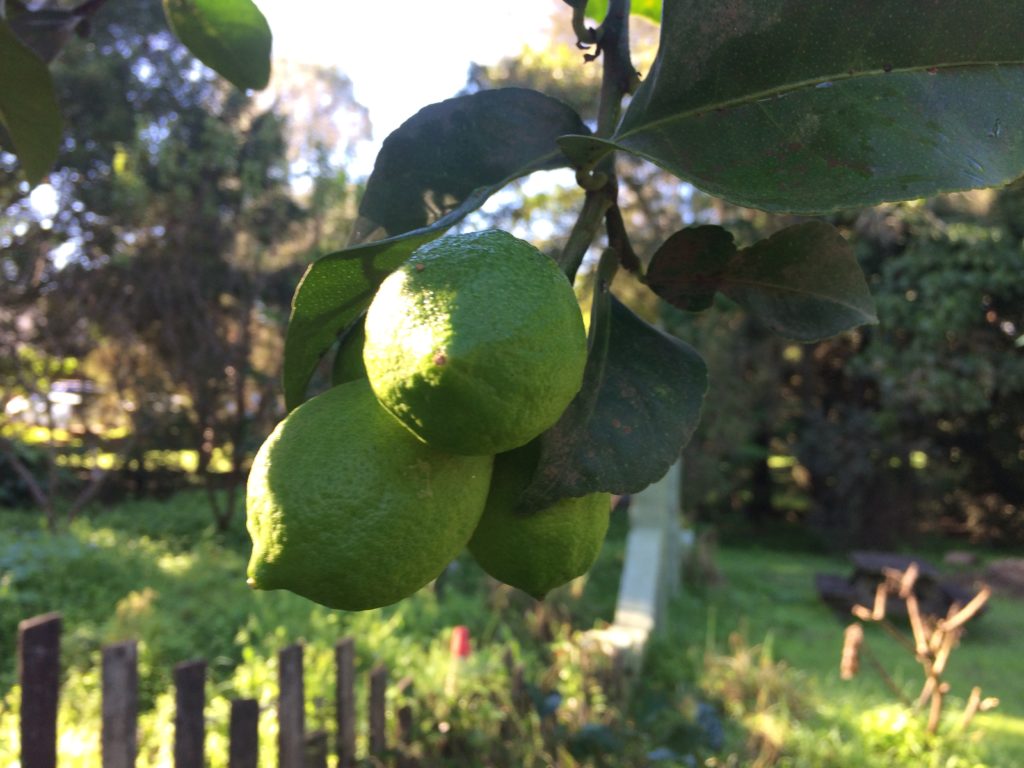
In late March this year when ex-Tropical Cyclone Debbie moved south and merged with a cold front moving up the north coast it triggered heavy rainfall in the Northern Rivers leading to significant flooding in the river town of Lismore. There are some amazing photos here
According to the NSW government, the floods have caused more than AUD20 million worth of damage to the primary production sector in Tweed and Lismore. https://www.emergency.nsw.gov.au/media-releases/2017/recovery-grants-for-flood-affected-farmers-in-lismore-and-tweed.html leading to an offer of recovery grants for flood effected farmers to help salvage crops, replace pasture, purchase fodder and repair damaged equipment and machinery.
But when neighbourhoods flood, people’s relationships with plants are deeply effected in many ways that are not only financial. When I visited Lismore recently, I was concentrating on the effect of the floods on small scale food production. Specifically, gardening practices on Little Keen Street.
I have been visiting this street for a long time. There is a community garden here, initiated by residents, with an empty block on one side and a creek on the other. This garden is not always abundant with community-grown food, but it is always a point of conversation. There is a gorgeous archway at its entrance, painted by Indonesian artist, guitar maker (Mardiko) and local resident Aris Prabawa.
Unsurprisingly, this time the garden looks tired. Everyone is tired. There were more floods in June, just as repairs were getting underway. Walking past the garden on the way to the car boot market my companion says ‘I don’t go there much at the moment, it feels like a weight’. But there are thriving citrus trees. with new growth already pushing out glossy green leaves. These I can see from the street, without even paying much attention, and nasturtiums a plenty and comfrey clustered around where the garden beds were.
I visit a house that has only just been rewired, three months after the floodwaters reached the ceiling. We talk about the dilemma of replacing insulation, as we carry in a donated sofa set from the salvation army. And we talk about plants.
‘What survived the flood?’ becomes my lead in question. This is partly because it is so sad talking about what was lost, thinking of all the gardenias and geraniums drowning. There is still a lot of food growing on this street, despite many plants dying because they were uprooted or submerged in oily flood water. Where Aris lives, for example, all the plants necessary for Indonesian food and natural medicine are thriving: turmeric, ginger, galangal, kangkung, lemongrass, pineapple. ‘Tropical’ plants have survived as though nothing happened: bananas, papayas, tamarillo, dragon fruit and water chestnuts, safe in their water logged state at the bottom of ponds. And sweet potatoes have come up everywhere, so there is a fresh leafy green vegetable with all our meals.
We have a bit of a working bee one afternoon and clear some of the garden beds, which could be considered out of shape, or could just be considered a ‘different’ shape. The compost bins need to be dug up and moved, as they also shifted when they were underwater. In the compost, we find many seedlings: tomatoes, zucchinis, and pumpkin. So we feed the soil, transplant them, stake them, and mulch.
Some of the houses in Lismore won’t be rebuilt because new planning laws won’t allow it, and the flood zones have changes. There may be many empty blocks, which leaves lots of room for plants.
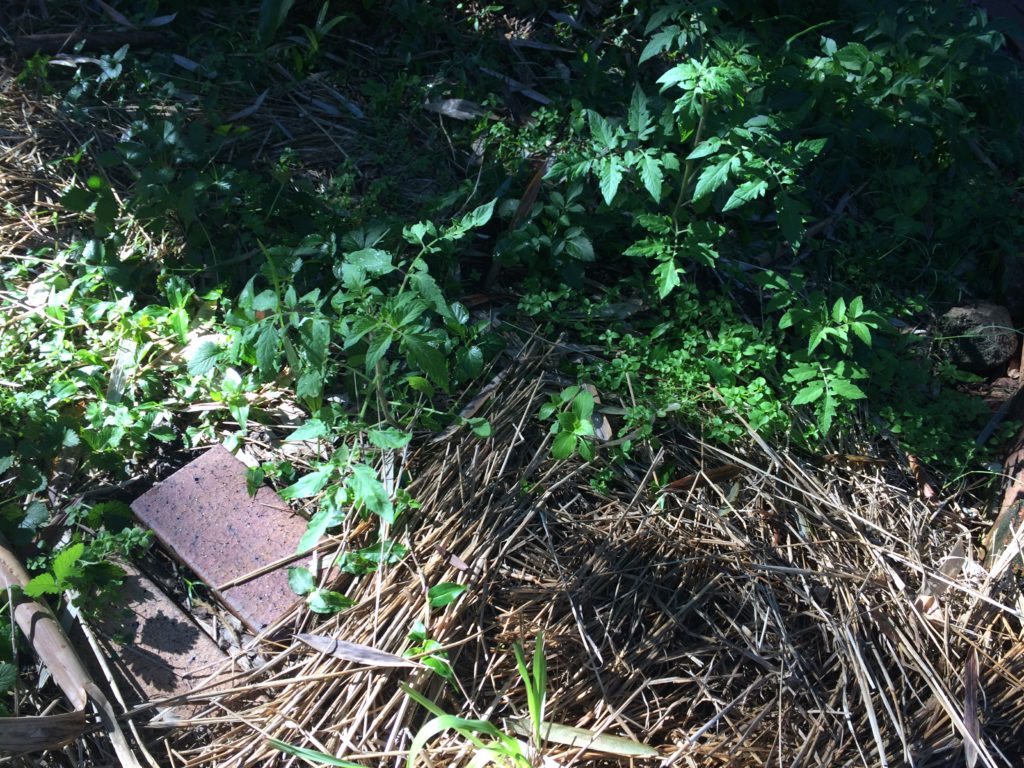
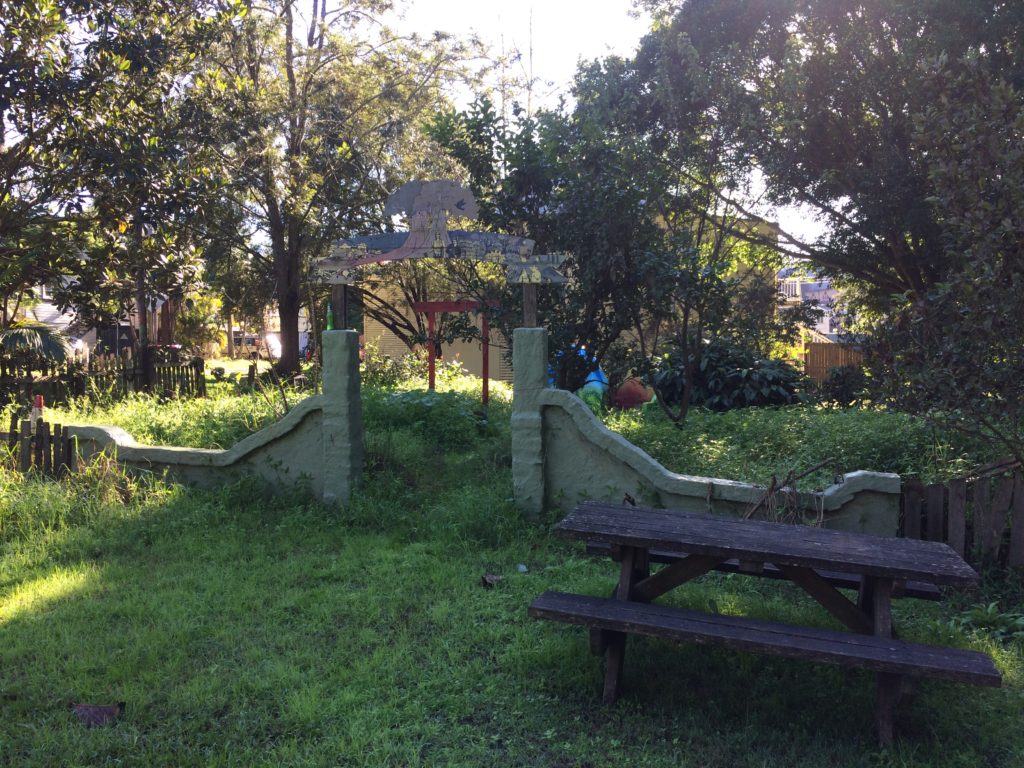

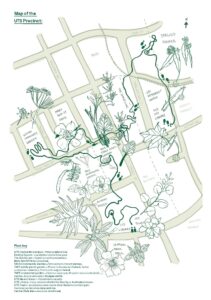
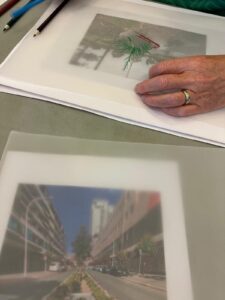



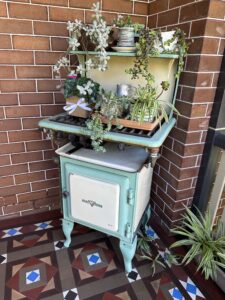
0 Comments